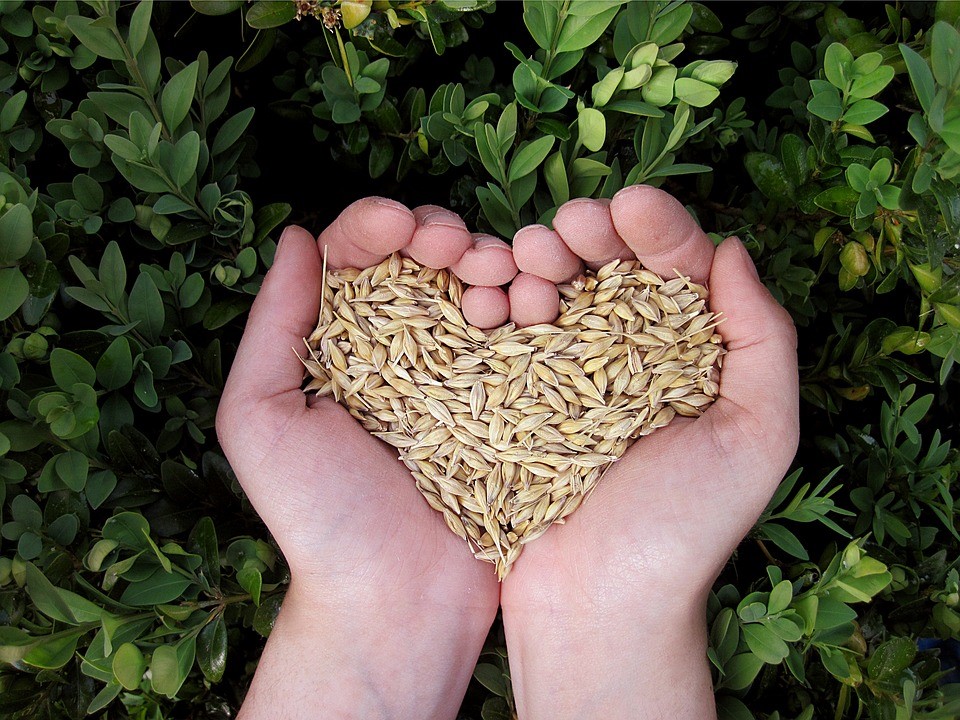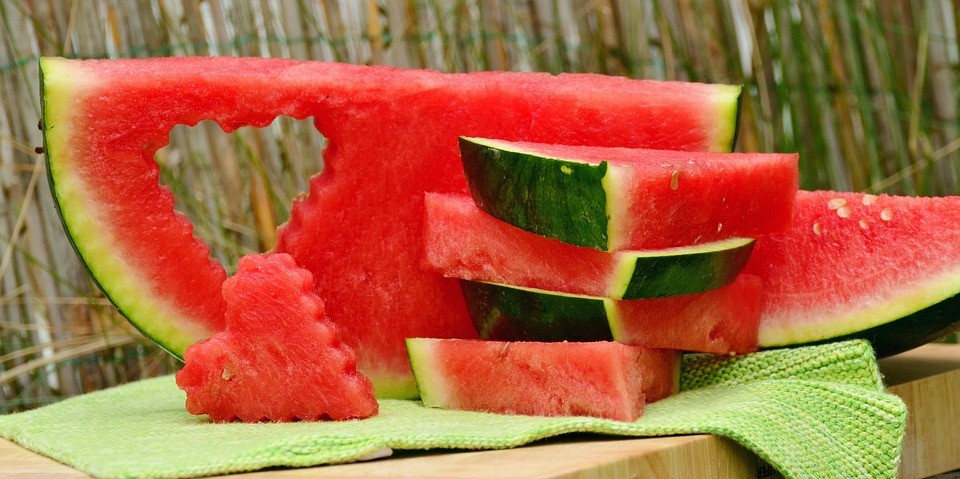February is Heart Health Month!
Guest Post by Katie Kapro
Let’s talk about heart health. February is the month of love — we celebrate with heart-shaped flower bouquets, chalky candy hearts, and chocolates galore — but when all the sugary trappings melt away, we’re left with that most elemental of metaphors: the human heart.
It should come as no surprise then that February is Heart Health Month. It’s meant to raise awareness — heart disease is the leading cause of death for both men and women in the United States — and inspire dietary change from childhood onward.
What is Heart Disease?
To be sure we’re all on the same page, let’s start with the definition from Medical News Today:
“Heart disease is an umbrella term for any type of disorder that affects the heart.” That’s everything from arrhythmia (irregular heartbeat) to pulmonary stenosis (tightness of the pulmonary valve that makes it difficult for the heart to pump blood properly). Heart disease, or cardiac disease, should not be confused with cardiovascular disease, which “refers to disorders of the blood vessels and heart, while heart disease refers to just the heart.”
Heart disease is caused by a number of factors — stress, inactivity, and even poor childhood nutrition. A child’s dietary and lifestyle decisions — or more specifically, the health training they receive at school and home — will influence their heart health well into adulthood.
How can we ensure we’re modeling heart healthy behavior and cooking nutritious and delicious food for the entire family?
Heart-Healthy Snacks
Snacking gets a bad rap when it comes to health. But snacking is not inherently bad. The key rests in having healthy snacks close at hand — it should be just as easy to reach for nutritious nosh as it is to reach for a bag of potato chips. Heart healthy snacks are low in saturated fat, sodium, and artificial sweeteners. Here are some healthy snack substitutes.
- Raw almonds instead of microwave popcorn
- Kale chips instead of potato chips
- Homemade Greek yogurt with fruit instead of sweetened yogurt
- Sweet potato cashew dip with veggies instead of ranch dressing
- Cucumber slices instead of salty crackers
- Frozen chocolate bananas instead of cookies
- Strawberry shortcakes instead of frosted cupcakes
Active Lifestyle
In addition to healthier snacking, physical activity is key to maintaining heart health. Contrary to popular belief, exercise doesn’t have to be a chore. While going to the gym might be one person’s idea of a good time, it’s certainly not the end-all-be-all of physical fitness. Here are some ways to work physical activity into life outside of the gym.
Get outside. Camping is a fun way to stay active and adventurous. And in my experience, exercise is a ton easier when there’s new content to explore. Hiking around a mountain with deer and songbirds is a lot more fascinating than watching the back of someone’s head at a gym. Camping has the added health benefit of giving a foodie the opportunity to integrate cooking into the experience: Prepping and making breakfast is part of the fun.
Walk. As a nation, we’re a tad over-reliant on our vehicles. Not everyone can walk to work or the grocery store, but more of us can than it would seem. Urban millennials are leading the non-driving movement, and the rest of us would be wise to follow in their footsteps. The University of Colorado found that regular walking helps prevent peripheral artery disease, which is known to cause leg pain in one out of five elderly people.
Family History
Finally, some people are prone to heart disease no matter their lifestyle and dietary choices. If both of a person’s parents have suffered from heart disease before the age of 55, their risk of developing a heart-related problem increases up to 50% over the general population. That being said, the healthier a person is, the less likely they are to be affected by their predisposition.
It’s always good to know what’s back there in the family tree; consider it just another aspect of decreasing the risk factors.
Another way to get a feel for where you stand, check out this Heart Age Calculator from the World Heart Federation to determine how “old” your heart is in comparison to your actual lived years. It works best if you have your blood pressure and cholesterol measurements close at hand.
What are your favorite heart-healthy recipes? Tell us about them in the comments!









